1. The Unfinished Pyramid and All Seeing Eye
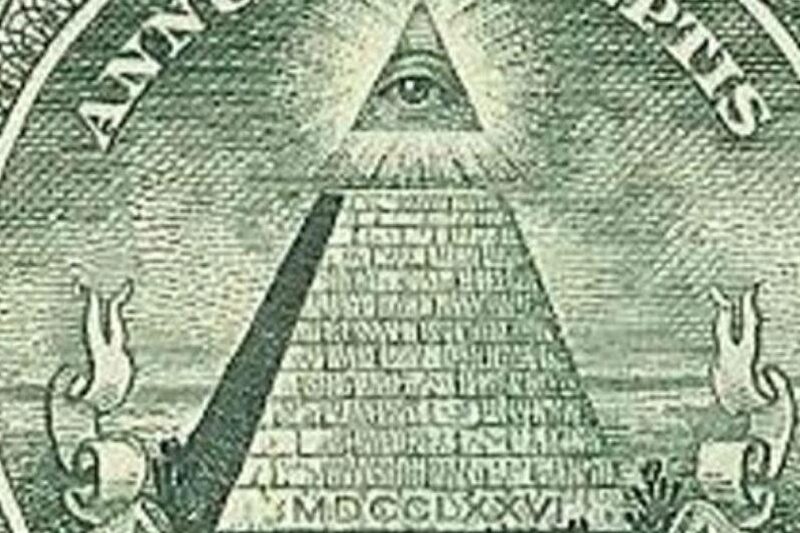
Money is something we use every day without really looking at it. Yet if you take a second glance, you’ll notice it’s filled with quiet stories and strange little clues. The most famous one might be the unfinished pyramid with an eye hovering above it on the dollar bill. That single eye is called the Eye of Providence, meant to symbolize divine guidance and protection. The pyramid, strong but incomplete, stands for growth and endurance. Together they make the dollar feel almost alive, like it carries history and purpose in its folds.
2. The Hidden Number 13 Everywhere
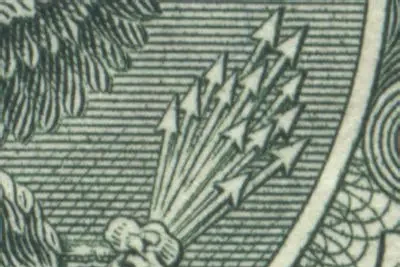
Once you notice it, you can’t unsee it. The number 13 hides everywhere on American money. There are 13 stars, 13 stripes, 13 arrows, and even 13 leaves on the olive branch. It’s not bad luck, but rather a proud nod to the original 13 colonies that started it all. The repetition is both deliberate and symbolic, a quiet reminder of unity and shared beginnings. It’s amazing how something so small can carry a country’s whole foundation without saying a single word. Every 13 you spot feels like a little secret handshake with history.
3. The Latin Words E Pluribus Unum
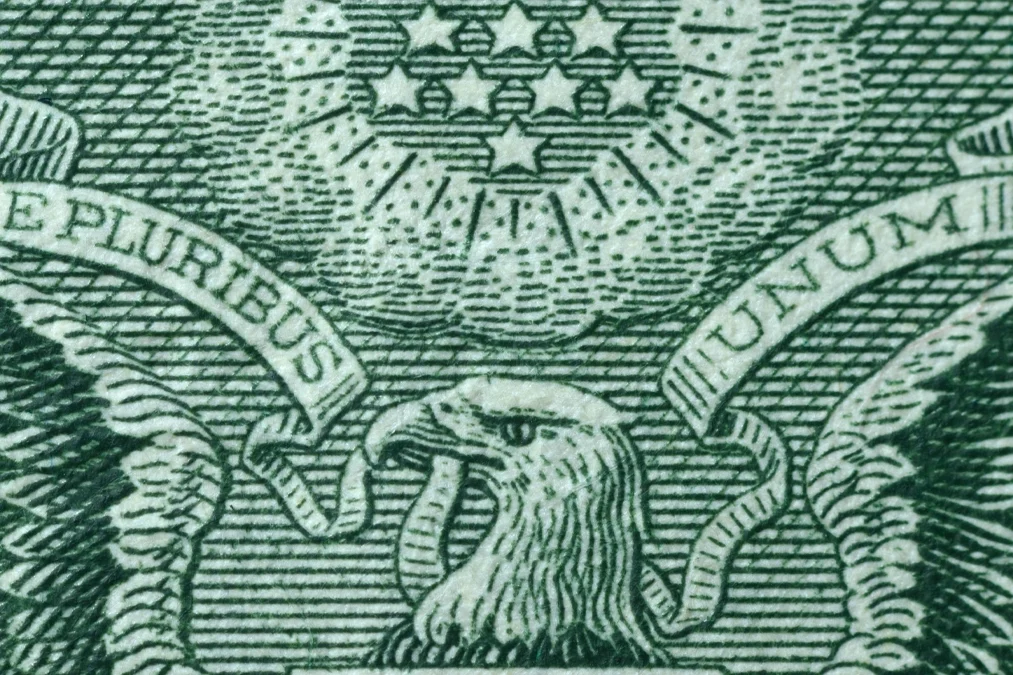
Right above the eagle’s head, you’ll spot a phrase that might look unfamiliar but carries so much meaning. “E Pluribus Unum” translates to “Out of many, one.” It’s one of those quiet mottos that defines the nation in just three words. It reminds us that diversity and togetherness are at the heart of what the currency represents. The next time you hand over a bill, think about how something as small as that phrase unites millions of people. It’s not loud or flashy, but it’s quietly powerful, stitched into the fabric of daily life.
4. The Phrase Annuit Coeptis
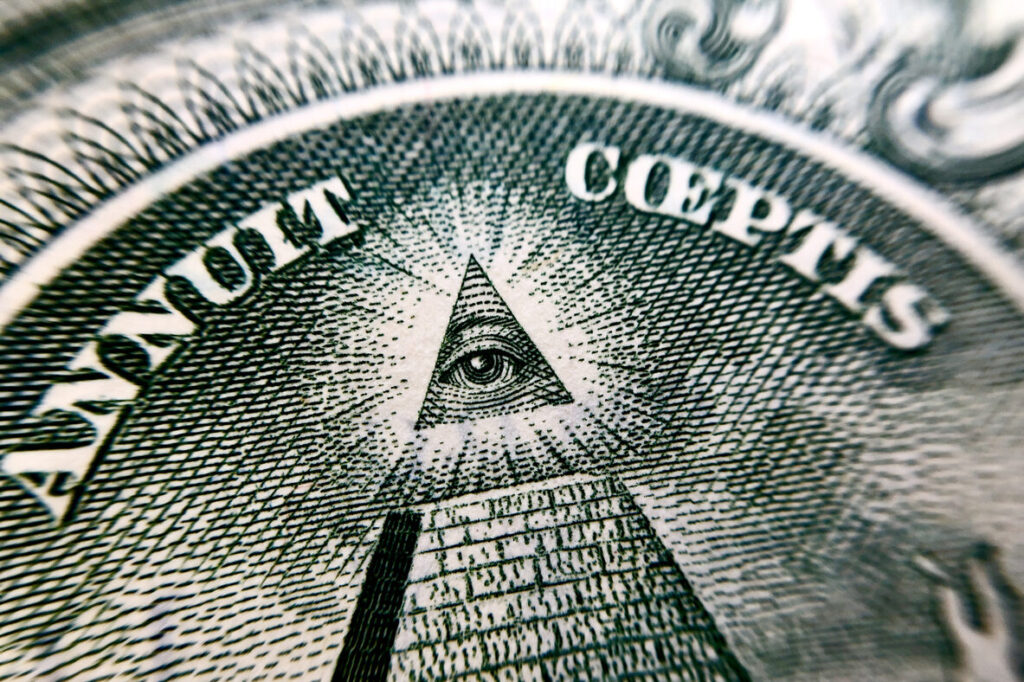
Just above the pyramid, another Latin phrase sits quietly in small letters. “Annuit Coeptis” roughly means “He approves our undertakings.” It’s easy to miss, but when you think about it, the message feels almost personal. It’s as if the creators wanted to stamp a blessing onto every transaction, reminding everyone that good intentions can be supported by something bigger. It gives the note a layer of hope and reassurance, like the paper itself believes in new beginnings. The words feel old, but the sentiment still rings true whenever that bill changes hands.
5. The Words Novus Ordo Seclorum
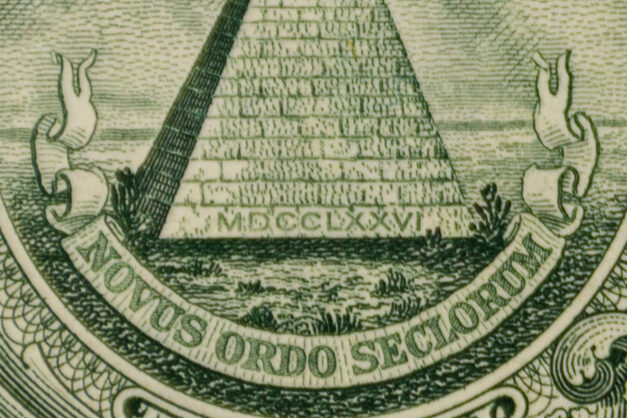
Right beneath the pyramid lies another Latin phrase that reads “Novus Ordo Seclorum,” which means “A new order of the ages.” It was written to mark the start of a new era of independence and possibility. While the words might sound dramatic today, they were once a declaration of hope. It’s interesting how something so revolutionary ended up as part of the everyday design we barely notice. Each time you hold a dollar, those ancient words quietly remind you that change, even printed on paper, can be both permanent and inspiring.
6. The Treasury Seal’s Hidden Symbols
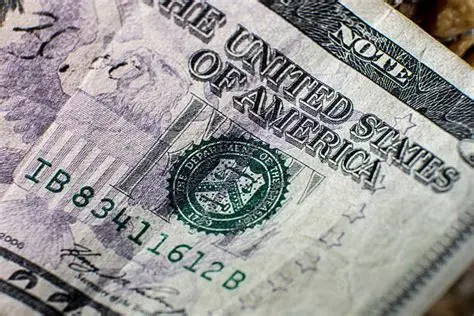
The green seal on the front of every U.S. bill isn’t just decoration. Inside it, three little icons hide in plain sight. The scales represent justice, the key stands for authority, and the chevron of thirteen stars ties back to the original colonies. Together, they form a coded story of balance, fairness, and legacy. You may have handled hundreds of bills without realizing you’ve been holding a miniature lesson in government symbolism. It’s a small but powerful reminder that design can speak quietly while still carrying enormous meaning about responsibility and trust.
7. The Federal Reserve Letters and Numbers
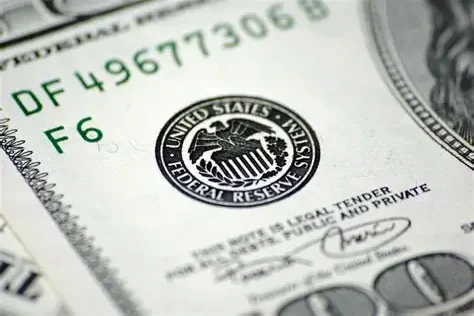
Every note carries a letter and number near its serial code, but few people know why. That small pairing reveals which Federal Reserve Bank issued the bill. For example, “B2” comes from New York, while others might trace back to places like Chicago or San Francisco. It’s a simple way of showing how money travels, quietly linking every transaction back to a specific origin. It’s funny how something so bureaucratic becomes oddly personal when you realize your money may have started its journey far from home before landing in your hand.
8. The Star Replacement Bills
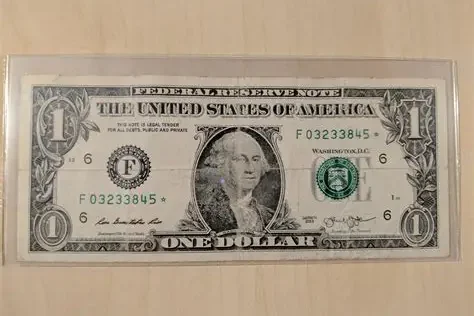
Sometimes you’ll spot a small star printed next to the serial number on a bill. That tiny symbol means it’s a replacement note, created to take the place of one that was damaged or misprinted. It’s like the understudy of the money world, stepping in quietly to keep things running smoothly. Most people never notice it, but collectors do. It’s a reminder that even the most ordinary things go through careful checks and second chances, just like people. There’s something poetic about a star marking a do over in a system built on precision.
9. The Roman Numerals MDCCLXXVI
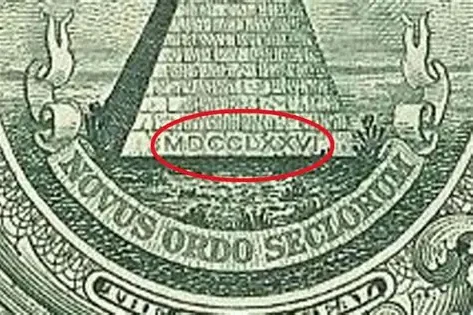
If you look at the base of the pyramid, you’ll see a string of Roman numerals that might look like random letters. They actually stand for the number 1776, the year of American independence. It’s one of those subtle details that tie the currency back to the country’s very first breath as a nation. The placement beneath the pyramid feels intentional, almost like a foundation stone. It’s easy to overlook, but it carries weight, both literally and historically, reminding you that even paper can hold pride when it’s designed with purpose.
10. The Tiny Owl or Spider Secret
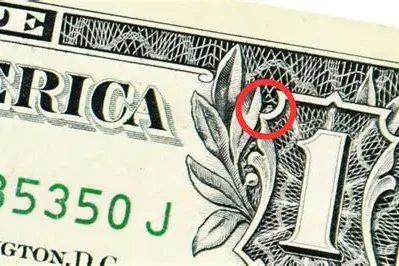
One of the most debated mysteries on the dollar sits near the top right corner of the number one. Some people swear they see a tiny owl, while others insist it looks like a spider waiting in its web. It might be coincidence, or maybe the engraver slipped in a playful detail that became legend. Over the years, people have used magnifying glasses just to check for themselves. Whether it’s there or not almost doesn’t matter anymore. What matters is that the mystery keeps people curious, turning something ordinary into a lasting conversation piece.
11. The EURion Constellation
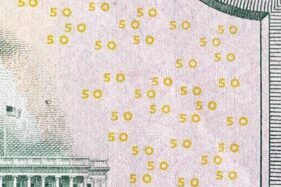
Scattered across many currencies around the world, including the dollar, are small circular patterns called the EURion constellation. They might look like decorative dots, but they serve an important purpose. These tiny shapes help prevent photocopying and protect against counterfeiting. It’s fascinating how something so simple can hold such powerful technology behind it. You probably wouldn’t even notice them unless someone told you. They’re quiet protectors hiding in plain sight, showing how modern design can blend beauty, mystery, and security in one of the most common things we all carry.
12. The Secret of Microprinting
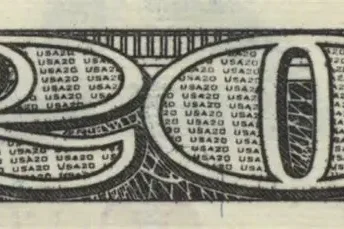
If you look very closely at your bills, you’ll see fine lines of text so small they almost disappear. That’s called microprinting, a security measure designed to make counterfeiting nearly impossible. The tiny words look decorative but actually spell out phrases or patterns that are incredibly hard to reproduce. It’s a beautiful example of how design and technology come together to protect trust. Every little swirl and line isn’t just for show; it’s proof that something so ordinary has layers of brilliance hidden in plain sight, waiting for curious eyes to notice.
13. The Color Shifting Numbers
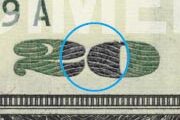
Tilt your bill slightly under the light, and you’ll notice certain numbers change color as if the note is reacting to you. That’s not magic; it’s color shifting ink, a security feature built into modern design. It also gives the money a sense of movement, catching light like jewelry when it tilts. The effect is both beautiful and practical, a clever way to protect value without saying a word. Every shade that shifts under your fingers is a quiet reminder that even ordinary things can still surprise you when you pay attention.
14. The Hidden Plate Position Codes
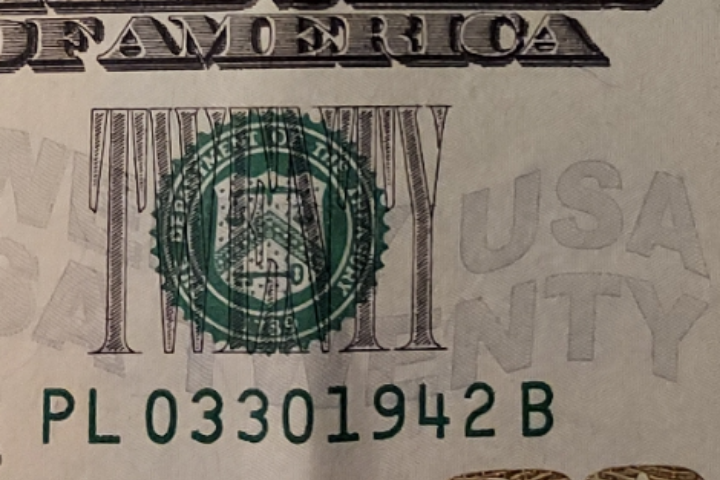
Near the bottom or edge of many notes, there’s a small letter and number combination most people ignore. It’s called a plate position code and it tells where on the printing sheet that specific note was made. It’s a quiet trace of the production process, almost like a hidden signature from the machines. Every note carries its own subtle fingerprint, unique but unnoticed. It’s comforting to think that even in mass production, there’s individuality. Each bill carries a little story about where it was born before it found its way into your pocket.
15. The Signatures of Authority
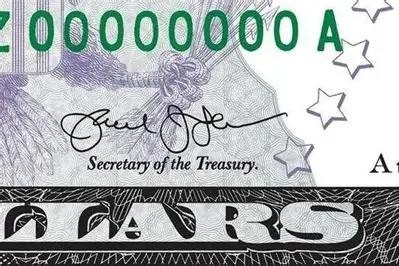
Look closely at your money and you’ll see two signatures printed on it. One belongs to the U.S. Treasurer and the other to the Secretary of the Treasury. Those handwritten names aren’t random decorations; they’re formal promises that the note is legitimate and backed by the government. It’s interesting how printed ink can stand for trust, linking people you’ll never meet to the cash you use every day. Their signatures turn a plain piece of paper into something official, something that quietly connects everyday life with national authority.
16. The Security Thread That Glows
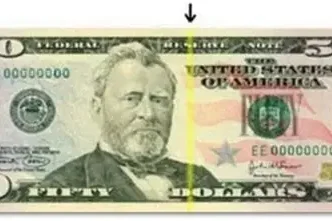
If you hold your bill up to the light, you might spot a thin embedded strip running vertically. That’s a security thread, and it sometimes glows under ultraviolet light. It’s one of those modern symbols of authenticity that keeps money safe from being copied. The thread sits there silently, doing its job while most people never notice it. It’s a quiet guard built into every note, reminding us that even in something so ordinary, innovation hums beneath the surface, protecting the trust that keeps the whole system working smoothly.
17. The Thirteen Stars and Their Pattern
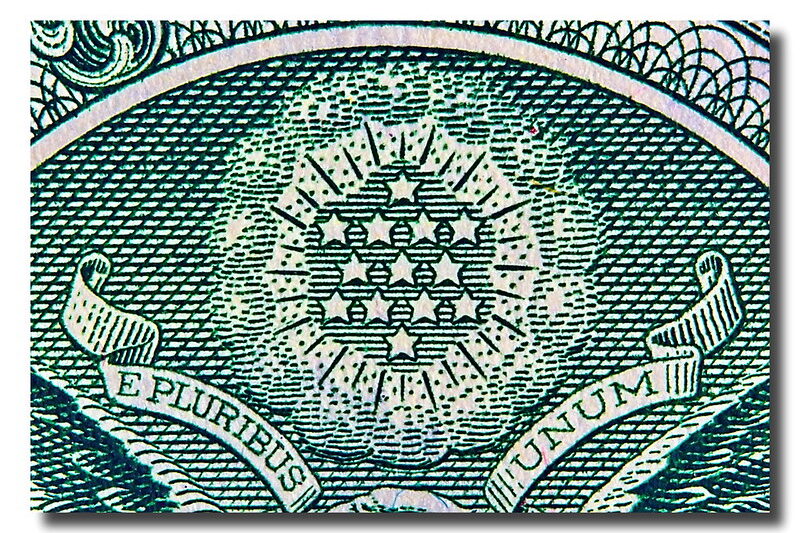
Above the eagle on the dollar bill, you’ll notice a small cluster of thirteen stars arranged in the shape of a hexagram. This layout isn’t random; it symbolizes unity among the original thirteen colonies. It’s a design that bridges art and meaning, simple yet profound. Most of us glance at it without realizing it’s meant to represent the heavens watching over a young nation. It’s amazing how something so tiny and unspoken carries centuries of pride. Sometimes symbolism doesn’t need words at all; it just quietly reminds us where everything began.
18. The National Seal of Identity
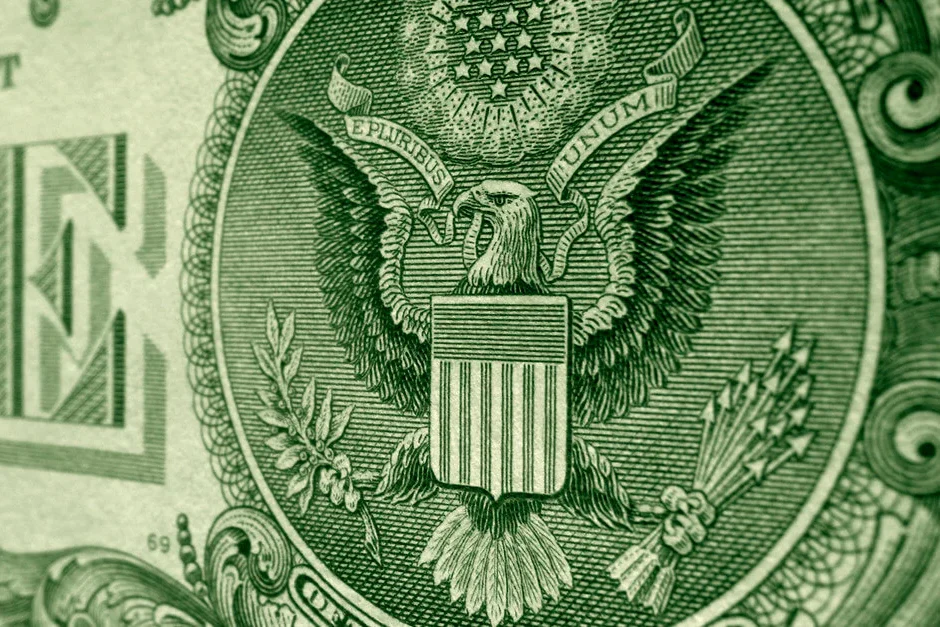
Almost every country’s currency carries its national emblem or seal, and the U.S. dollar is no different. The Great Seal appears proudly on the bill, with its eagle clutching arrows in one talon and an olive branch in the other. Together they represent strength and peace, reminding people that true power lies in balance. It’s easy to pass money around and never think about what it stands for, but these little symbols give it a voice. They tell you that even something as common as cash carries stories of purpose and identity.
19. The Portrait Watermark
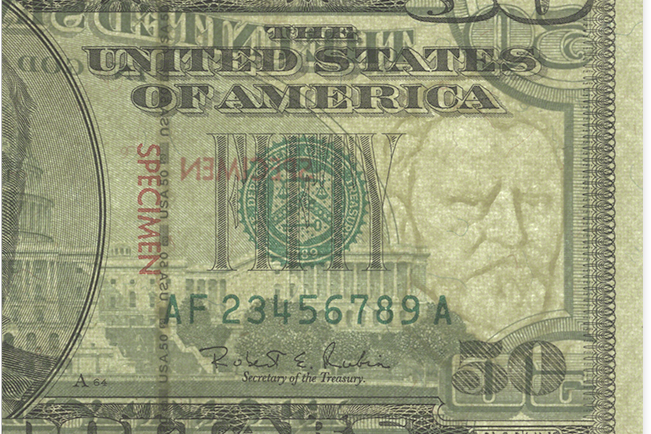
Hold a modern U.S. bill up to the light and you’ll notice a faint image of the same portrait that appears on the front. That’s the portrait watermark, one of the most trusted security features on American money. It isn’t printed but embedded directly into the paper during production, making it nearly impossible to fake. The watermark comes alive only when light passes through it, giving the note a quiet touch of elegance and authenticity. It’s like a hidden guardian, silently verifying that what you’re holding is real and backed by the system it represents.
20. The Paper and Ink That Tell a Story
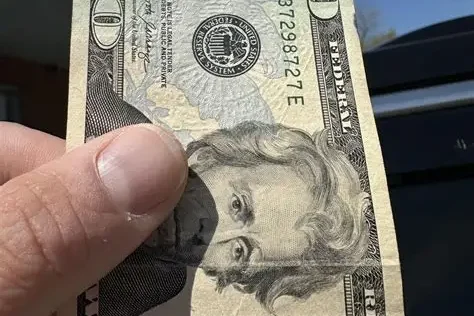
Finally, even the material itself carries meaning. The dollar isn’t ordinary paper; it’s made from a blend of cotton and linen designed to last. Its texture, its color, and even its faint blue and red fibers are deliberate. Every part of it whispers about endurance, trust, and identity. Maybe that’s the biggest secret of all: the money we touch daily isn’t just about spending, but about connection. It carries history, hope, and craftsmanship in every fold. Next time you pay for something, pause for a second and really see what’s in your hand.
This story 20 Weird Symbols on Everyday Money That No One Explains was first published on Daily FETCH


